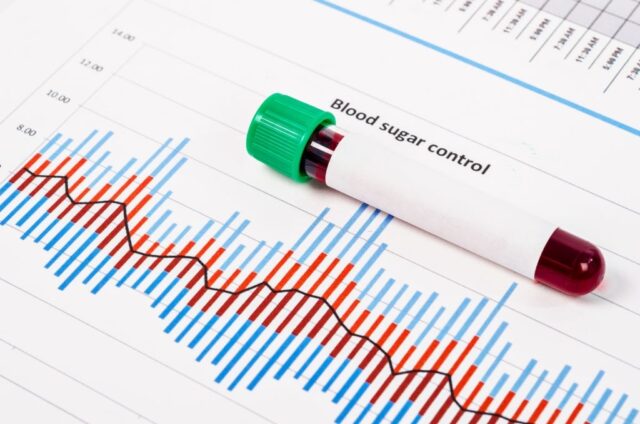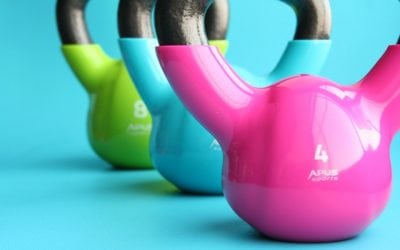Lower blood sugar levels are the key to staying lean and healthy. It’s not as hard as you might think and over time, will have an incredibly positive impact on all the systems in your body. Below we’re going to cover six easy ways to do just that.
Lower blood sugar: reduce inflammation, and get leaner
Did you know that your body can kill off fat cells (or convert them into other, more useful, cell types)? When you do this you can become leaner, but you need to reduce chronic inflammation to achieve it successfully.Inflammation can be caused by many different factors, including long-term exposure to a polluted or toxic environment, excessive alcohol intake, smoking, chronic stress, an acute and untreated infection or injury, or consistently insufficient sleep.
A poor diet, especially one that includes regular intake of rancid vegetable oils (whether heat-extracted oils, take-out food, ready meals, or processed and packaged food), will also increase inflammation levels. Chronic inflammation leads to excess insulin and, ultimately, insulin resistance. Given that insulin dictates how many of our calories are converted into fat cells, you can see how easily fatness might happen!
Make or break your level of fatness
Glycemic variability (GV) refers to the upward and downward swings in blood sugar over a given period. If your average levels are chronically high, you’re at a very high risk of diabetes-related health issues. In fact, large and/or frequent changes in GV may, in itself, be a contributor to these same health issues, and reduces lifespan.
Ben Greenfield, health, performance and longevity coach, athlete, speaker and author, says “If GV gets out of control and your blood sugar gets too high, your body has two choices: either shovel the sugar into your muscles and liver or store it in body fat. So if your energy expenditure throughout the day isn’t high enough to convert blood sugar into potential energy in your muscles, you are going to gain fat tissue”. In order to avoid this happening, he suggests some key tactics.
1. Engage in strength training
This increases your body’s ability to push glucose into the muscle cells. Even through relatively light strength training, you can decrease blood sugar levels and increase insulin sensitivity. More on the benefits of resistance training later.
2. Do cardio in the morning in a fasted state
Exercising before breakfast helps to control blood glucose levels. It doesn’t have to be very intense cardio – a pacey walk or bike ride, or a light jog will do. We’ll discuss further benefits of cardio later in the course.
3. Walk after eating
Easy walking (or any physical activity considered relatively low-key) for around half an hour after eating a meal reduces your concentration of fat in the blood.
4. Stand more often
We’ll cover the reasons you’ll want to stand more often when we talk about exercise in detail, but for now just be aware that switching between sitting and standing every half an hour through your working day reduces blood sugar spikes.
5. Eat foods that control blood sugar
Certain plants, herbs and spices help stabilise blood glucose. Include more Ceylon cinnamon (also known as “true” cinnamon), berberine, bitter melon extract and rock lotus with meals or snacks, especially those with more carbs.
6. Consume more fibre
We’ve covered the relevance of fibre already, but as a reminder, insoluble fibre is broken down into short chain fatty acids (SCFAs). Certain of the SCFAs stop the conversion of glucose to fatty acids in the liver, which has the effect of reducing fat storage in both fat tissue and the liver. Other SCFAs improve insulin sensitivity and glucose tolerance.
You can see that there’s plenty you can do to proactively reduce your chances of storing excess body fat. While there are many other factors that also influence how much fat we tend to store, these offer a simple and effective way to start the process.






